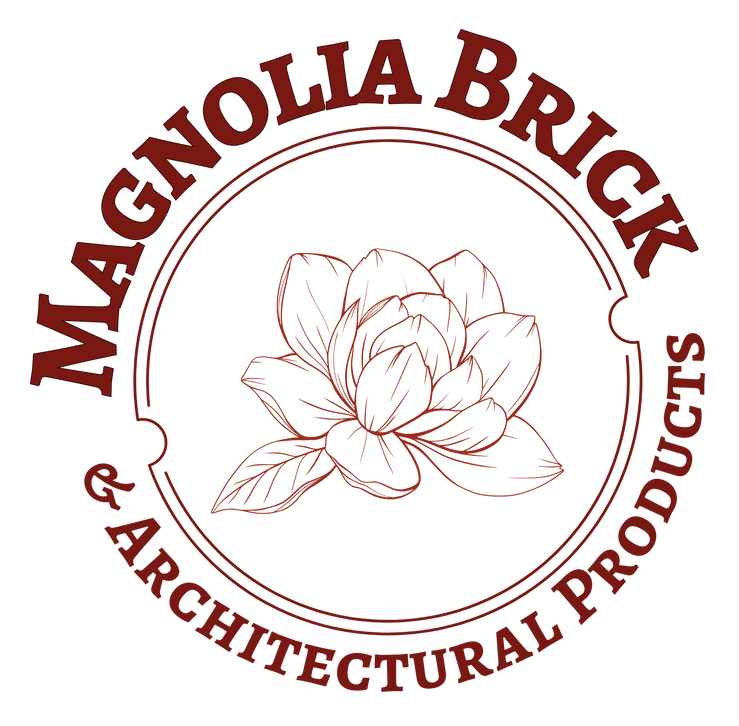THIS IS WHO WE ARE
About Magnolia Brick
At Magnolia Brick and Architectural Products, we are more than just a supplier of construction materials – we are your partners in crafting enduring and beautiful structures. With over three decades of unwavering commitment to excellence, we have become a trusted name in Oxford and Tupelo, Mississippi, and beyond.
Our journey began in 2015 with a vision to provide the highest quality construction materials to our community. Today, we take immense pride in the countless projects we've contributed to, from residential dream homes to commercial landmarks. Our legacy is built upon a foundation of quality, reliability, and a passion for innovation.
We take our commitment to excellence seriously, which is why we are proud members of esteemed organizations such as the Brick Institute of America, Home Builders Association, and the Community Development Foundation. These affiliations reflect our dedication to staying at the forefront of industry trends and best practices.
We invite you to explore our Oxford and Tupelo locations, where you can experience the Magnolia difference firsthand. Let us be your partners in crafting a future filled with beautiful, enduring structures. Together, we'll build not just buildings, but legacies.


